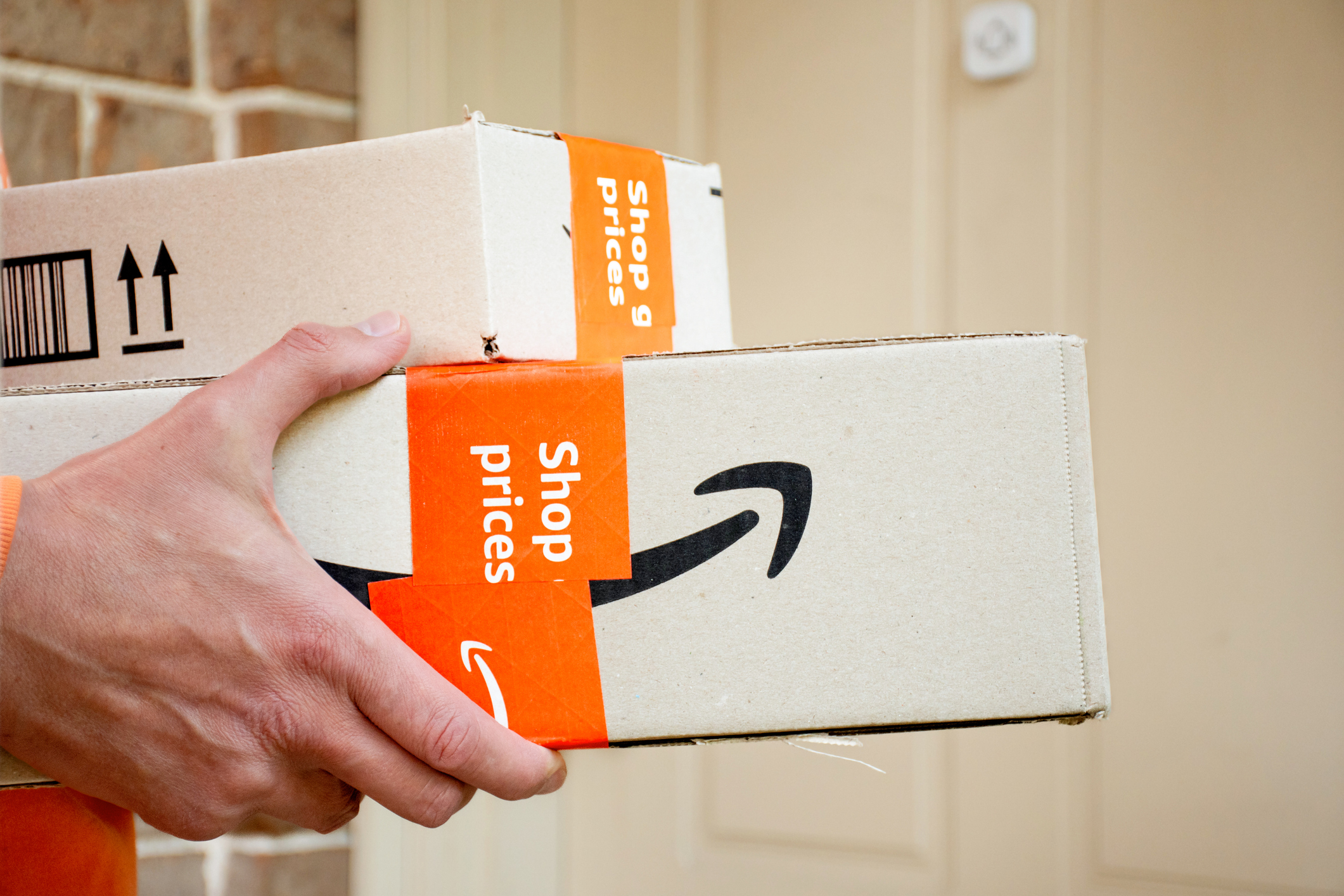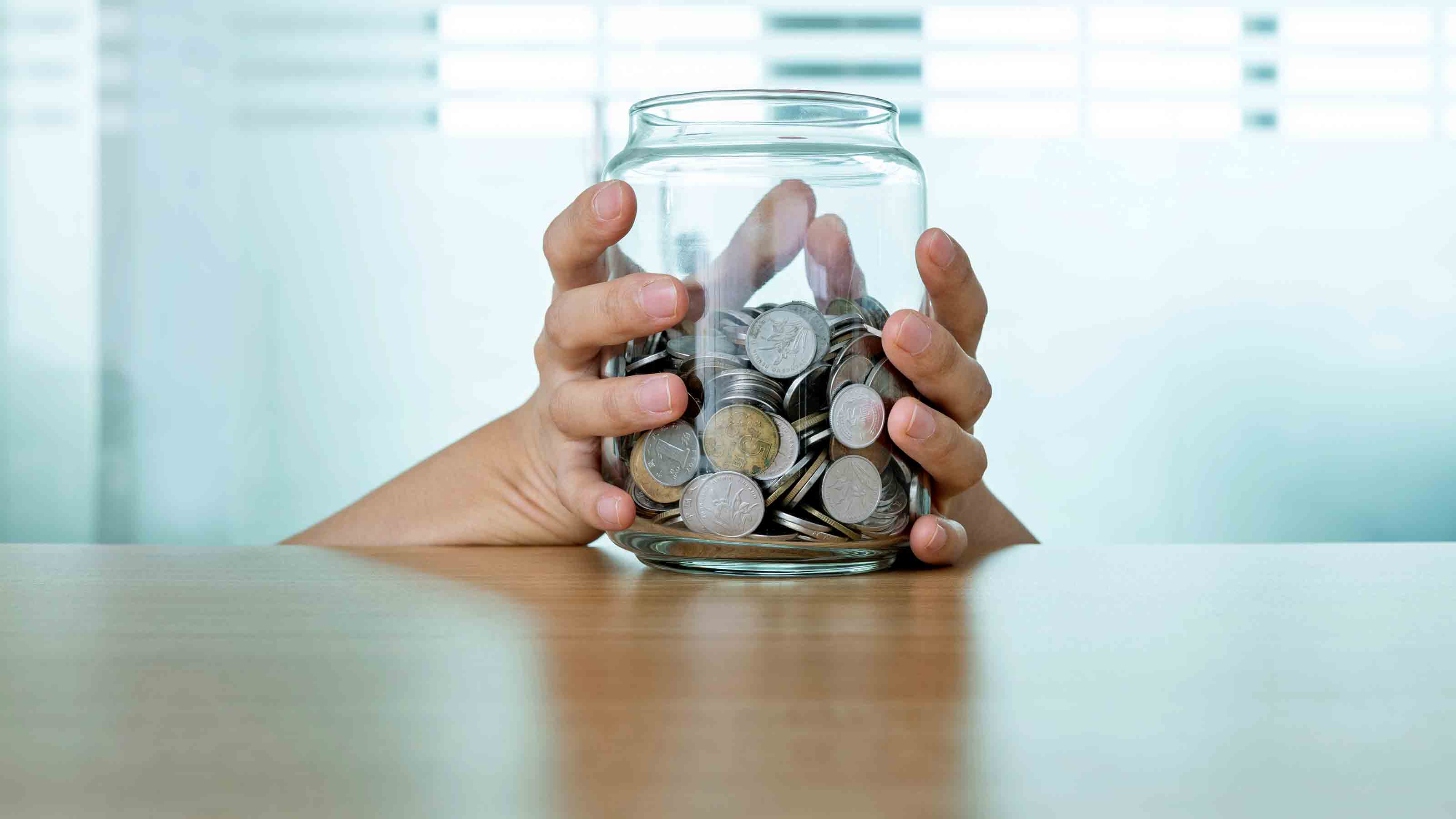7 Steps to Prepare for Disaster
Make sure your home and finances are protected before an emergency strikes.

The recent devastating storms that left millions in the mid-Atlantic states without power and the Colorado wildfires that have forced thousands from their homes are a reminder that it pays to be prepared for disasters of all kinds. Here are several steps you should take to make sure you and your finances can withstand an emergency.
DOWNLOAD: The Kip Tips iPad App
Fund your emergency fund. Set aside enough cash to cover several months of expenses' and pay for any insurance gaps or deductibles. If a natural disaster strikes -- or if you lose a job or face any other challenges -- this fund will tide you over until you can get back on your feet. See 7 Strategies to Build an Emergency Fund for tips on finding enough spare cash in your budget to set aside for a rainy day. Avoid locking the money up in certificates of deposit or stocks. Your emergency money should be there when you need it. So where to put it? Here are 10 low-risk ways to earn interest on your savings.
From just $107.88 $24.99 for Kiplinger Personal Finance
Become a smarter, better informed investor. Subscribe from just $107.88 $24.99, plus get up to 4 Special Issues

Sign up for Kiplinger’s Free Newsletters
Profit and prosper with the best of expert advice on investing, taxes, retirement, personal finance and more - straight to your e-mail.
Profit and prosper with the best of expert advice - straight to your e-mail.
Check your homeowners and renters insurance. Although standard homeowners insurance will protect you if a major storm hits, it will not provide flood or earthquake protection. Homeowners and renters can buy added coverage for these disasters. Also make sure you have an inventory of your possessions to make the claims process easier. For more information, see What Disasters Does Your Homeowners Policy Cover? and Protect Your Home and Finances From Storms.
Buy life insurance. Generally, you should consider enough life insurance to replace your income -- short-term and long-term -- if you die. See How Much Life Insurance Do You Need? for help figuring out how much coverage to get and 4 Ways to Save Money on Life Insurance for keeping the cost of coverage under control.
Gather important documents. A will provides the ultimate insurance, by outlining how your finances will be handled after your death (see Six Steps to a Good Will). You also should have a living will to explain your wishes about life-sustaining medical care if you become terminally ill and are unable to speak for yourself. Other documents you might need to claim benefits and ensure your financial security include:
-- Birth certificates
-- Citizenship and adoption papers
-- Marriage license and divorce papers
-- Social Security card
-- Insurance policies (You must have the original life insurance policy to claim benefits.)
-- Medical records and information
-- Deeds to property, automobile titles, mortgage papers, leases
-- Military records
-- Investment records
Keep the documents listed above in a fire-resistant home safe or lock box. However, do not keep wills in a safe deposit box. It can be difficult for family members to gain access and might require court supervision to open. Keep a copy in your home safe or at your attorney's office. The original usually is kept with the county registrar of wills.
Compile account numbers and contact information for creditors, service providers and anyone from whom you receive a bill. According to the nonprofit consumer organization GreenPath Debt Solutions, you should let creditors know about your situation when a disaster strikes and provide updated contact information. Ask them to waive late fees if you received any as a result of a disaster that left you unable to pay bills on time. And if you're unable to pay any bills, ask your creditor if you can defer payments under a hardship clause. Most will allow you to do so for a month or two under emergency circumstances, according to GreenPath.
Create a portable survival kit. There may come a time when you have to leave your home quickly. Creating a portable survival kit with food, water and supplies to last at least three days will help hold you over until your situation stabilizes or help arrives. You can pack your own, or you can buy a pre-made kit at the American Red Cross Store for $80. See 7 Must-Haves for Your Emergency Kit for items that will help you get by when the power is out.
Stock up. FEMA recommends that you keep enough food and water in your home to sustain your family at least two weeks. Buy canned goods, dry mixes and other foods that store well. (Don't forget a manual can opener and a camping stove, in case you lose electricity.) To build your stash, purchase a few extra items each time you go to the store, or buy a little more when favorites go on sale.
Profit and prosper with the best of Kiplinger's advice on investing, taxes, retirement, personal finance and much more. Delivered daily. Enter your email in the box and click Sign Me Up.

Award-winning journalist, speaker, family finance expert, and author of Mom and Dad, We Need to Talk.
Cameron Huddleston wrote the daily "Kip Tips" column for Kiplinger.com. She joined Kiplinger in 2001 after graduating from American University with an MA in economic journalism.
-
 Countries That Will Pay You to Move: Cash Grants, Incentives and What to Know
Countries That Will Pay You to Move: Cash Grants, Incentives and What to KnowExplore real relocation incentives — from cash grants and tax breaks to startup funding — that make moving abroad or to smaller towns more affordable and rewarding.
-
 Mortgage Protection Insurance: What It Covers and When It Makes Sense
Mortgage Protection Insurance: What It Covers and When It Makes SenseHow mortgage protection insurance works, what it costs, and when it’s actually useful in a financial plan.
-
 How to Use Your Health Savings Account in Retirement
How to Use Your Health Savings Account in RetirementStrategic saving and investing of HSA funds during your working years can unlock the full potential of these accounts to cover healthcare costs and more in retirement.
-
 Five Ways to Save on Vacation Rental Properties
Five Ways to Save on Vacation Rental PropertiesTravel Use these strategies to pay less for an apartment, condo or house when you travel.
-
 How to Avoid Annoying Hotel Fees: Per Person, Parking and More
How to Avoid Annoying Hotel Fees: Per Person, Parking and MoreTravel Here's how to avoid extra charges and make sure you don't get stuck paying for amenities that you don't use.
-
 How to Appeal an Unexpected Medical Bill
How to Appeal an Unexpected Medical Billhealth insurance You may receive a bill because your insurance company denied a claim—but that doesn’t mean you have to pay it.
-
 Amazon Prime Fees Are Rising. Here’s How to Cancel Your Amazon Prime Membership
Amazon Prime Fees Are Rising. Here’s How to Cancel Your Amazon Prime MembershipFeature Amazon Prime will soon cost $139 a year, $180 for those who pay monthly. If you’re a subscriber, maybe it’s time to rethink your relationship. Here’s a step-by-step guide to canceling Prime.
-
 How to Haggle for Almost Anything
How to Haggle for Almost AnythingSmart Buying Learning how to haggle is an invaluable skill. These strategies will help you negotiate a better price for just about any product or service.
-
 Disability Insurance Can Provide COVID Coverage
Disability Insurance Can Provide COVID CoverageCoronavirus and Your Money If you are concerned about long-term complications from COVID-19, consider disability insurance coverage.
-
 21 Things You Can't Return to Amazon — Either Online or In-Store
21 Things You Can't Return to Amazon — Either Online or In-StoreDid you know there are things you can't return to Amazon? Before adding these 21 items to your cart, be sure to read Amazon's return policy first.
-
 How to Avoid a Charity Scam
How to Avoid a Charity Scampersonal finance Scammers never quit, even when you're trying to be altruistic. But you can avoid getting duped if you do your homework.